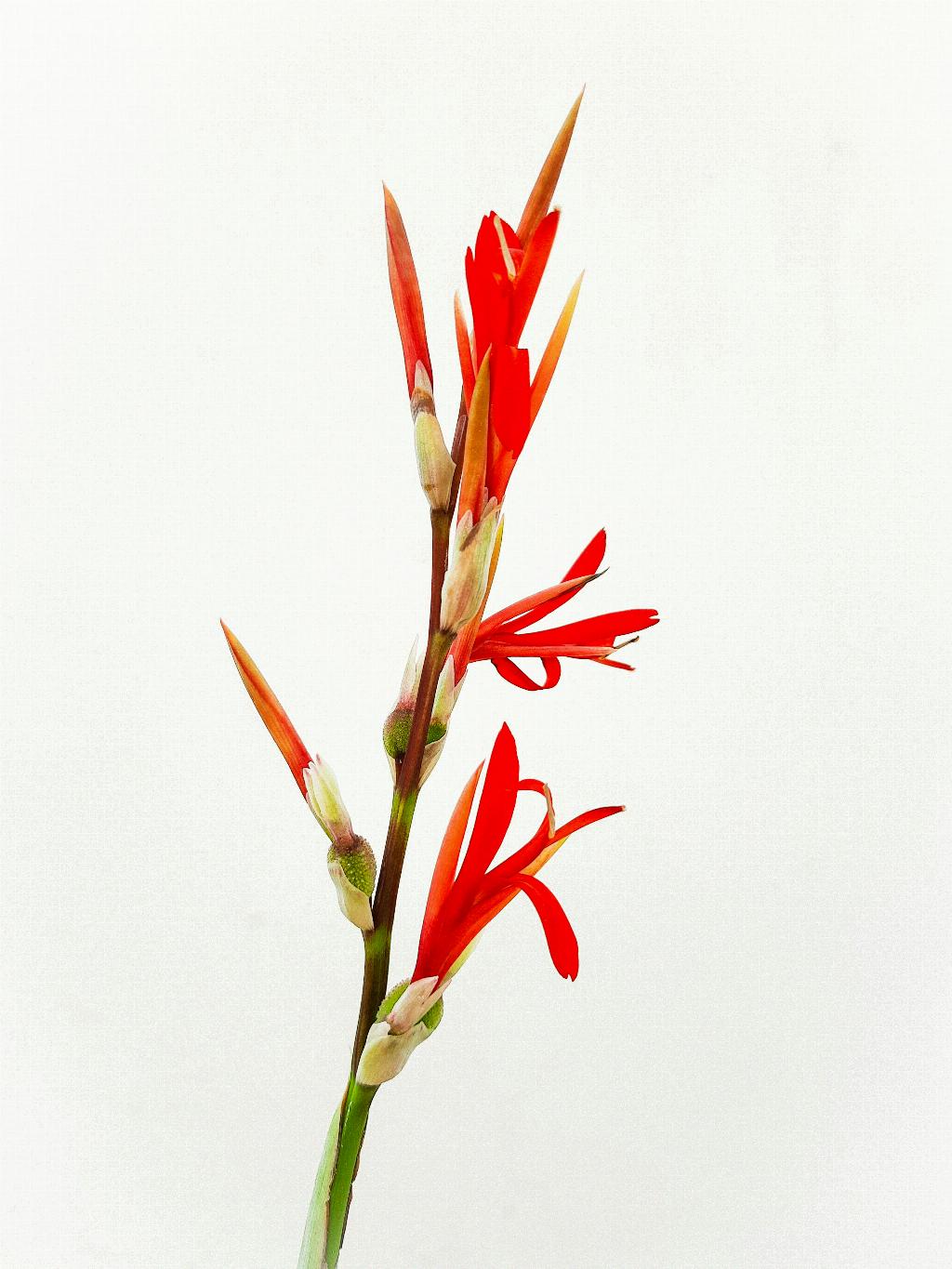Deadheading Cannas is a simple practice that can help promote continued blooming and maintain the overall health and appearance of these beautiful plants. Whether you are a seasoned gardener or just a beginner, learning how to deadhead Cannas can greatly benefit your garden landscape. In this article, we will delve into the step-by-step process of deadheading Cannas to help you keep your plants looking vibrant and flourishing.
1. Why Deadhead Cannas?
Deadheading is the removal of spent flowers from a plant to encourage new growth and prolong the blooming period. Cannas are no exception to this rule. By deadheading Cannas, you not only tidy up the plant but also redirect its energy towards producing more flowers, ensuring a continuous display of color in your garden.
2. When to Deadhead Cannas
The best time to deadhead Cannas is when you notice the flowers starting to fade or wilt. It’s essential to remove the spent blooms promptly to prevent the plant from setting seeds, as this can divert energy away from flower production.
3. Tools Needed
Deadheading Cannas requires minimal tools. All you need is a pair of sharp pruning shears or scissors to make clean cuts without causing damage to the plant.
4. Step-by-Step Guide
Here is a simple guide on how to deadhead Cannas:
1. Locate the spent flower on the Canna plant.
2. Follow the flower stem down to where it meets the main stalk.
3. Using your pruning shears or scissors, make a clean cut just above the nearest healthy bud or leaf junction.
5. Technique
When deadheading Cannas, it is crucial to make clean cuts at a 45-degree angle. This angle helps prevent water from collecting on the cut surface, reducing the risk of disease and promoting faster healing.
6. Post-Deadheading Care
After deadheading, be sure to remove any fallen petals or debris around the plant to maintain cleanliness. You can also consider applying a balanced fertilizer to support new growth and flowering.
7. Benefits of Deadheading
Deadheading not only stimulates the Canna plant to produce more flowers but also enhances the overall appearance of the plant. Regular deadheading can result in a lush and vibrant display of blooms throughout the growing season.
8. Frequency of Deadheading
Depending on the growth rate of your Cannas, you may need to deadhead them every few days to once a week during the peak blooming period. Consistent deadheading will ensure continuous blooming and a tidy garden aesthetic.
9. Avoiding Seed Formation
By deadheading Cannas, you prevent the formation of seeds, which can divert the plant’s energy away from flower production. This process encourages the plant to focus its resources on blooming, resulting in more vibrant and vigorous growth.
10. Health of the Plant
Regular deadheading not only benefits the aesthetic appeal of the Canna plant but also contributes to its overall health. By removing spent flowers promptly, you reduce the risk of pest infestations and diseases, promoting a thriving and resilient plant.
11. Conclusion
Deadheading Cannas is a simple yet effective practice that can enhance the beauty and vitality of your garden. By following the steps outlined in this article, you can ensure that your Cannas continue to bloom abundantly and grace your outdoor space with their colorful presence.

12. Happy Gardening!
Now that you have mastered the art of deadheading Cannas, put your knowledge into practice and enjoy a garden filled with vibrant blooms and healthy plants. Happy gardening!
